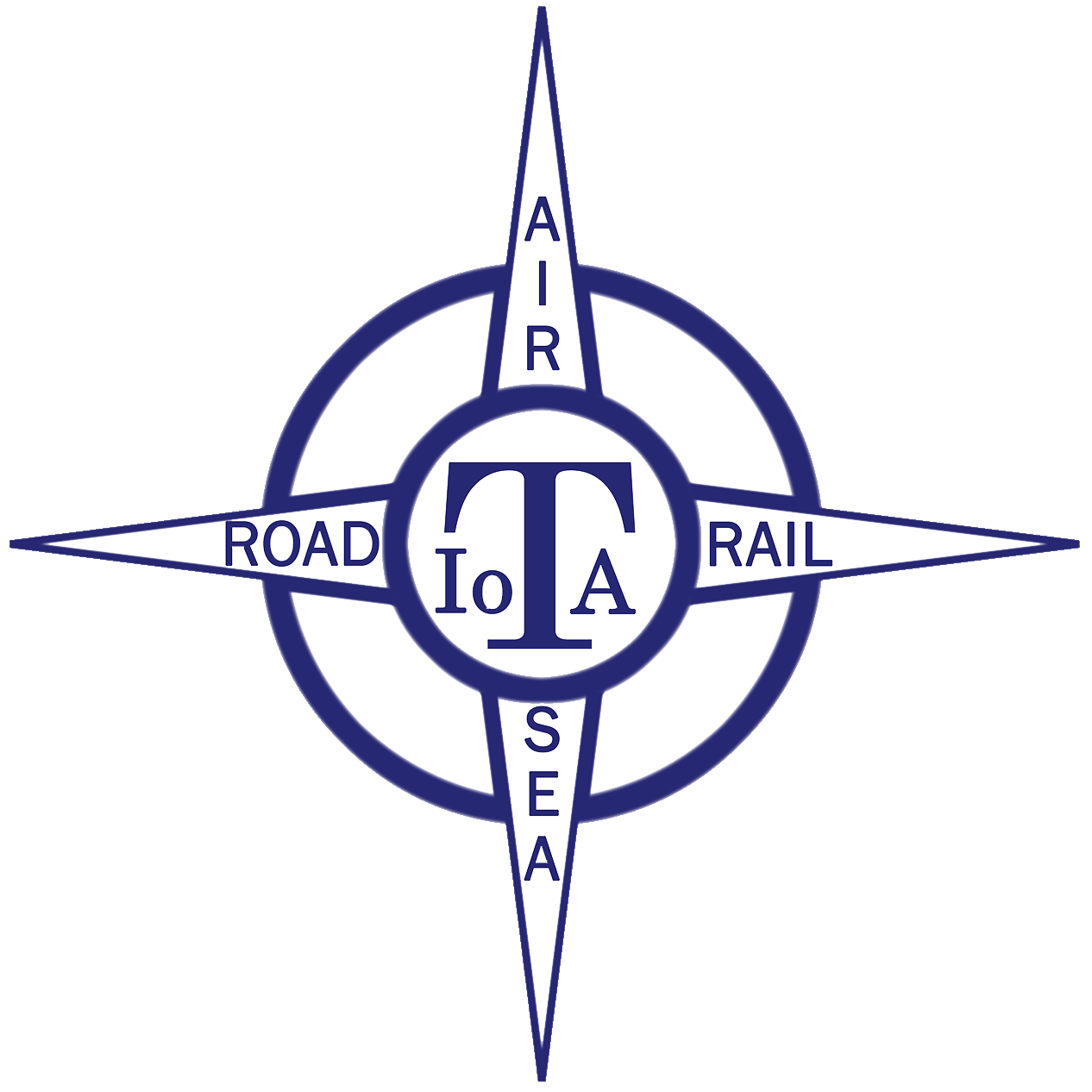New Regulations come into force – revising hours of work and positioning by means of tachograph.
New EU regulation 2020/1054 was introduced on 15th July 2020 amending regulation 561/2006, which introduced revised hours of work for commercial vehicle drivers, regards daily and weekly driving times, minimum breaks, daily and weekly rest periods.
It also revises parts of regulation 165/2014 regards positioning by means of tachograph.
The majority of the regulation covers already accepted operations practices and clarifies them.
The main points of legislation coming in on 20th August 2020 consists of:
- Drivers of freight vehicles engaged on international work may take two reduced weekly rest periods together provided that they are taken between two regular weekly rest periods. Compensation must still be made for lost time on the reduced rest period.
- A new definition of non-commercial carriage by road states “other than carriage for hire or reward or on own account for which no direct or indirect renumeration is received and which does not generate any income for the driver or others and which is not linked to professional or commercial activity”. There is now a requirement to keep full and proper records of this and all other activities either by tachograph or by manual records.
- Drivers multi manning may take a break in a moving vehicle provided they take no part in any of the activities of the vehicle operation or assistance to the driver (this clarifies the definition of the period to break and removes the ambiguity as to whether it should be recorded as POA or other work).
- Drivers may not take their regular weekly rest periods in the vehicle bunk (this requirement already existed but this legislation fully defines it).
- Drivers who are away from their homes for lengthy periods must return to their home at least once every 4 weeks.
- There is a new allowance allowing a driver in unforeseen circumstances to exceed his hours of work by up to one hour on the day before starting his weekly rest if it will allow him to return to his base or home.
- Ferry boat and Train regulations now allow a driver to take their rest additionally in a sleeper cabin.
- Cabotage operations remain within the existing legislation of three operations within seven days but in order to go some way to preventing fraud the vehicle tachograph will be used to register border crossings. There will now be a cooling off period of four days before further cabotage can be undertaken in the same country with the same vehicle.
- There is a requirement for vehicles to return to their own state at least every eight weeks.
- The ability of a state to exempt an operator from the requirements to observe the legislation (this principally concerns hours of work and records) is amended by including the term “isolated from the rest of the national territory” to the section concerning islands not exceeding 2,300 square kilometres not connected by bridge, ford or tunnel. It also allows vehicles in the following categories to exempt themselves:
- Vehicles or combination of vehicles carrying construction machinery within a radius of 100 km of the undertakings base provided the driving is not the drivers main activity (interestingly this does not appear to restrict the vehicle size).
- Vehicles used for the delivery of ready mixed concrete.
- In Domestic hours regulations (used extensively by bus and school contract services but also on freight operations covering public utilities and vehicles carrying only tools of the drivers trade) Article 16 of 561/2006EC already requires a driver to carry with them a copy of the timetable and a duty roster signed by the head of the transport undertaking covering the past 28 days. This requirement is now increased to cover a period of 56 days as from 31st December 2024.
In addition, there are a number of other changes due to come in later:
- As from 1st January 2024 any vehicle operating on an international journey must be fitted with the current (or later) type of smart digital tachograph. This includes vehicles that were fitted with a digital tachograph immediately prior to the introduction of the smart tachographs in June 2019.
- As from 1st July 2026 small goods vehicles between 5 tonnes and 3.5 tonnes (which includes the weight of the trailer or semi-trailer) operating internationally or on cabotage will need to use a tachograph and observe the hours of work and keeping of records regulations. These operators will have to provide details of their financial standing although it is expected that this will be lower than that required by standard licenced operators (it is not clear if these vehicles will come under the operator licence scheme although it remains a possibility).
In order to make the life of the driver easier the European Commission is required to make easily available information about safe and secure parking areas to drivers of goods and passenger vehicles by road.
The Commission shall publish a list of all parking areas that have been certified in order to provide drivers with adequate:
- Intrusion detection and prevention
- Lighting and visibility
- Emergency contact points and procedures
- Gender friendly sanitary facilities
- Food and beverage purchasing options
- Communications connections
- Power supply
The list of such parking areas shall be made available on a single official website that is regularly updated.
